Last updated: January 20, 2025
Article
Bat-tastic Biodiversity: Big Thicket National Preserve Bat Inventory Update
By Summer Boulais, I&M Science Communicator
November, 2024
Deep into the wonders of the old-growth forest, several bats gather to rest in the shelter of the roost trees. They nestle into hollow, cozy cavities of the mature trees until the night calls them back into flight.
November, 2024
Deep into the wonders of the old-growth forest, several bats gather to rest in the shelter of the roost trees. They nestle into hollow, cozy cavities of the mature trees until the night calls them back into flight.
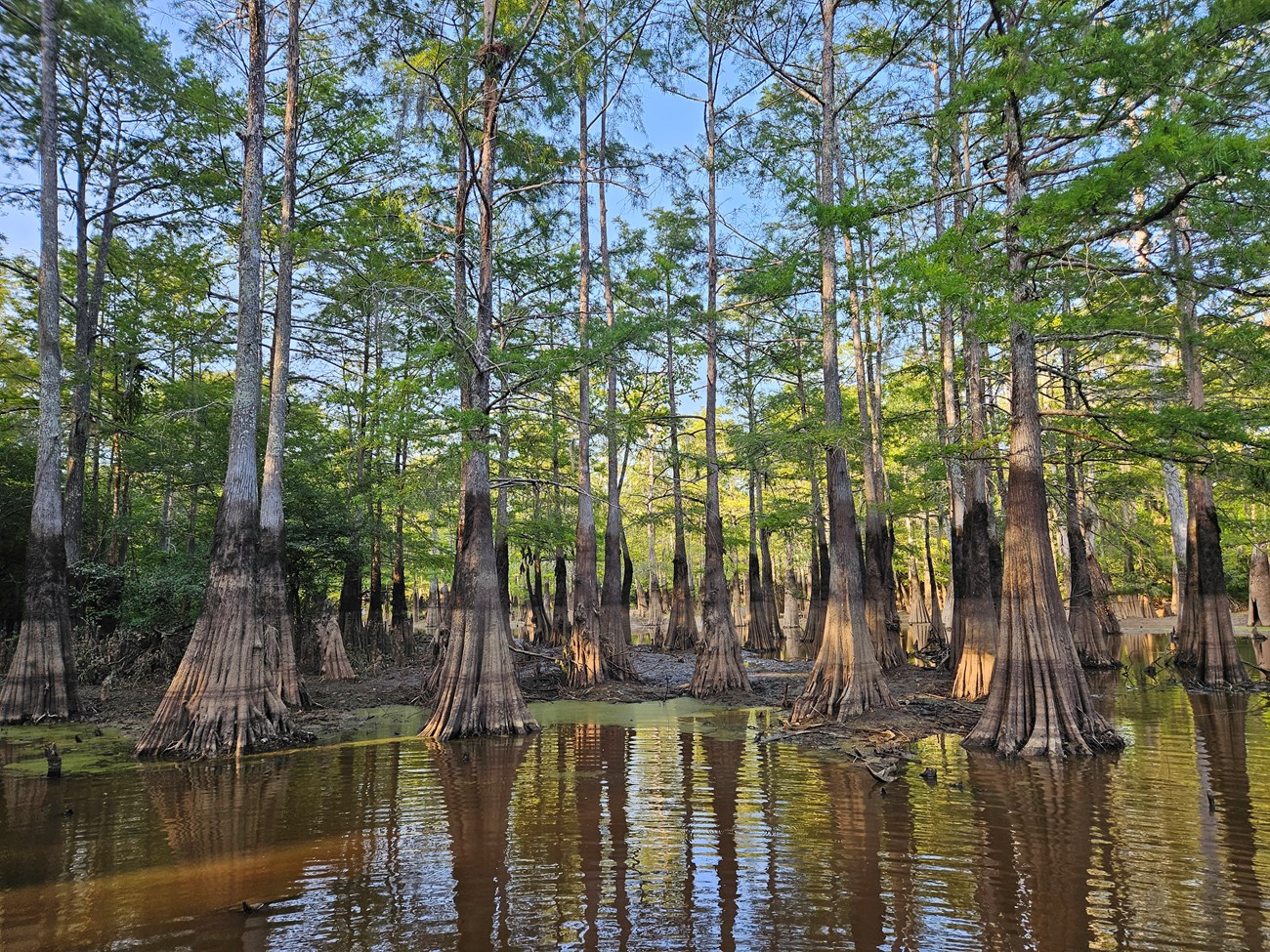
NPS
At Big Thicket National Preserve (NPres) in Texas, the presence of bats yields several ecological benefits while roost trees offer the vital havens they need to thrive. Both foster a balanced ecosystem as the bats help control insect populations, such as mosquitoes, and the trees provide refuge to a variety of wildlife. Researchers at Big Thicket NPres conducted a species inventory to assess the bat population and health of their preferred habitat. This project was in collaboration with the National Park Service’s Inventory and Monitoring Division and Bat Conservation International (BCI).
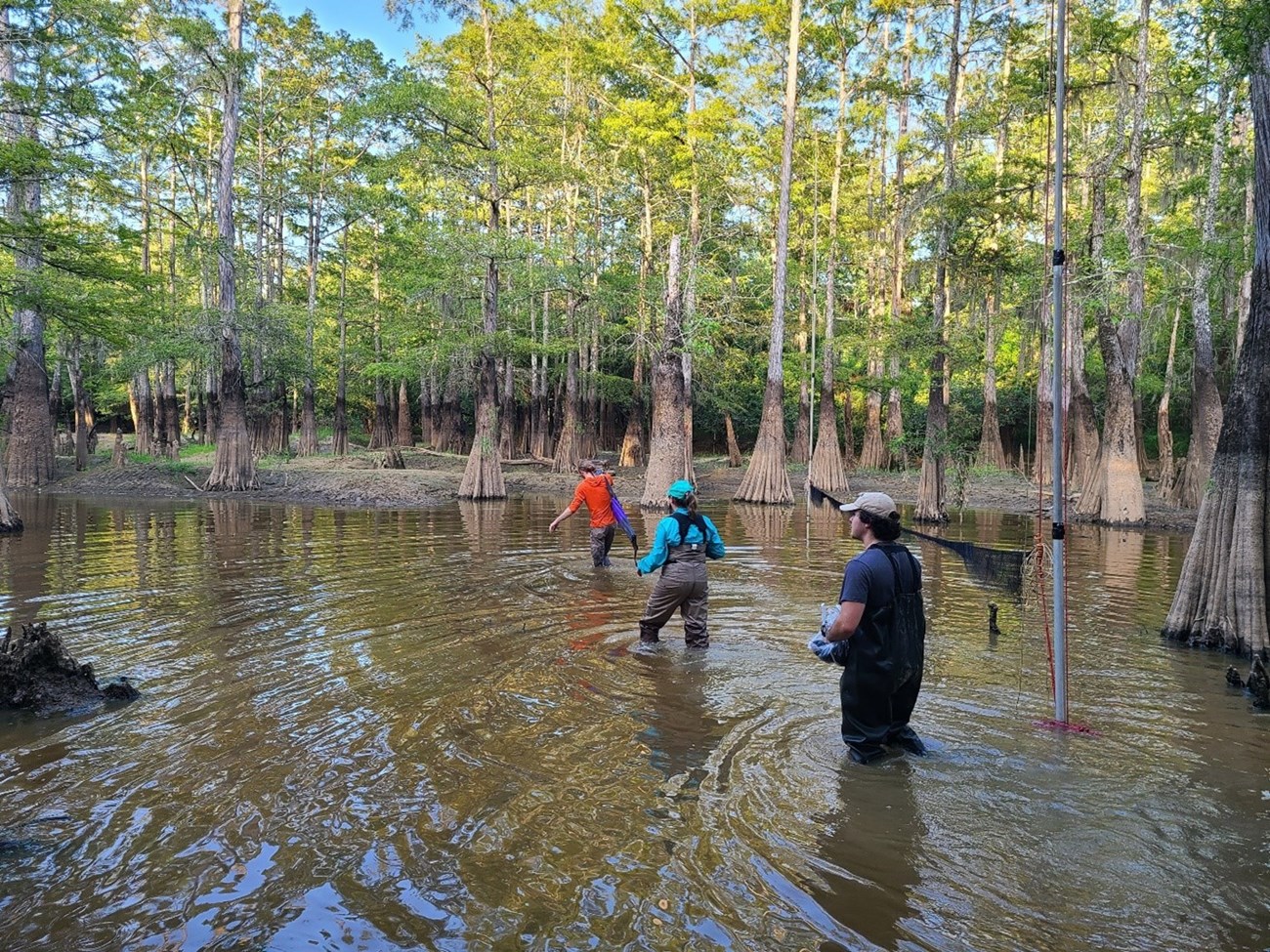
NPS/Stankavich
Andrew Bennett, biologist at Big Thicket NPres, pointed out how the preserve is on the very edge of the species’ range, so any changes in their population or distribution will be more noticeable than in areas closer to their core range. These bats have specific needs, making them sensitive to environmental changes, which positions them as an indicator species. Bennett noted how the preserve is also like an “indicator park” situated at an ecotone between the eastern and western United States.
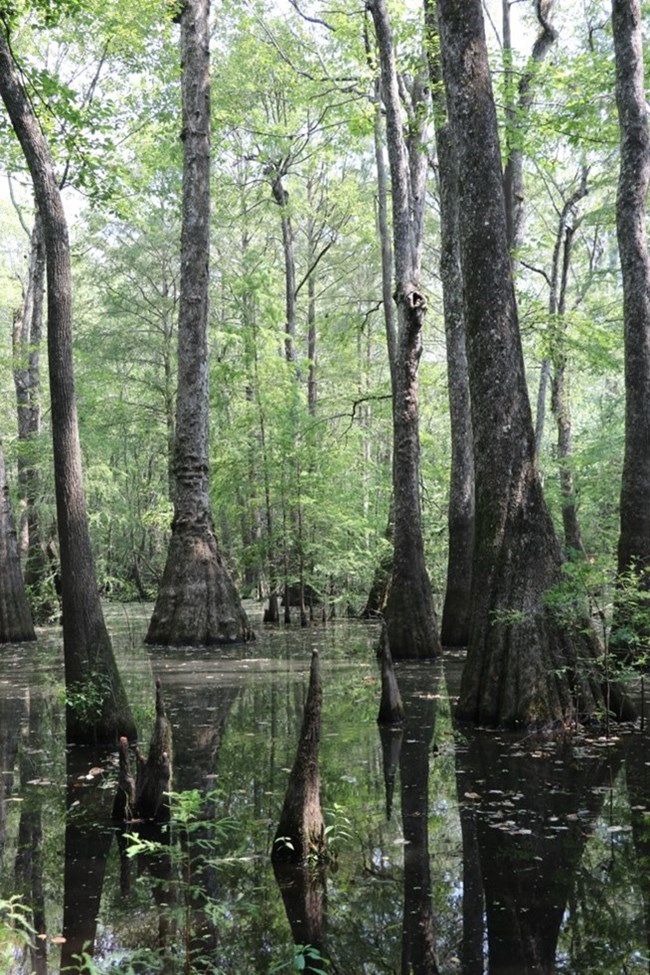
NPS
Conservation lands would, at least for our area, be the only place where you'd find forests with trees that are mature enough to provide habitat to the species really tied to it.
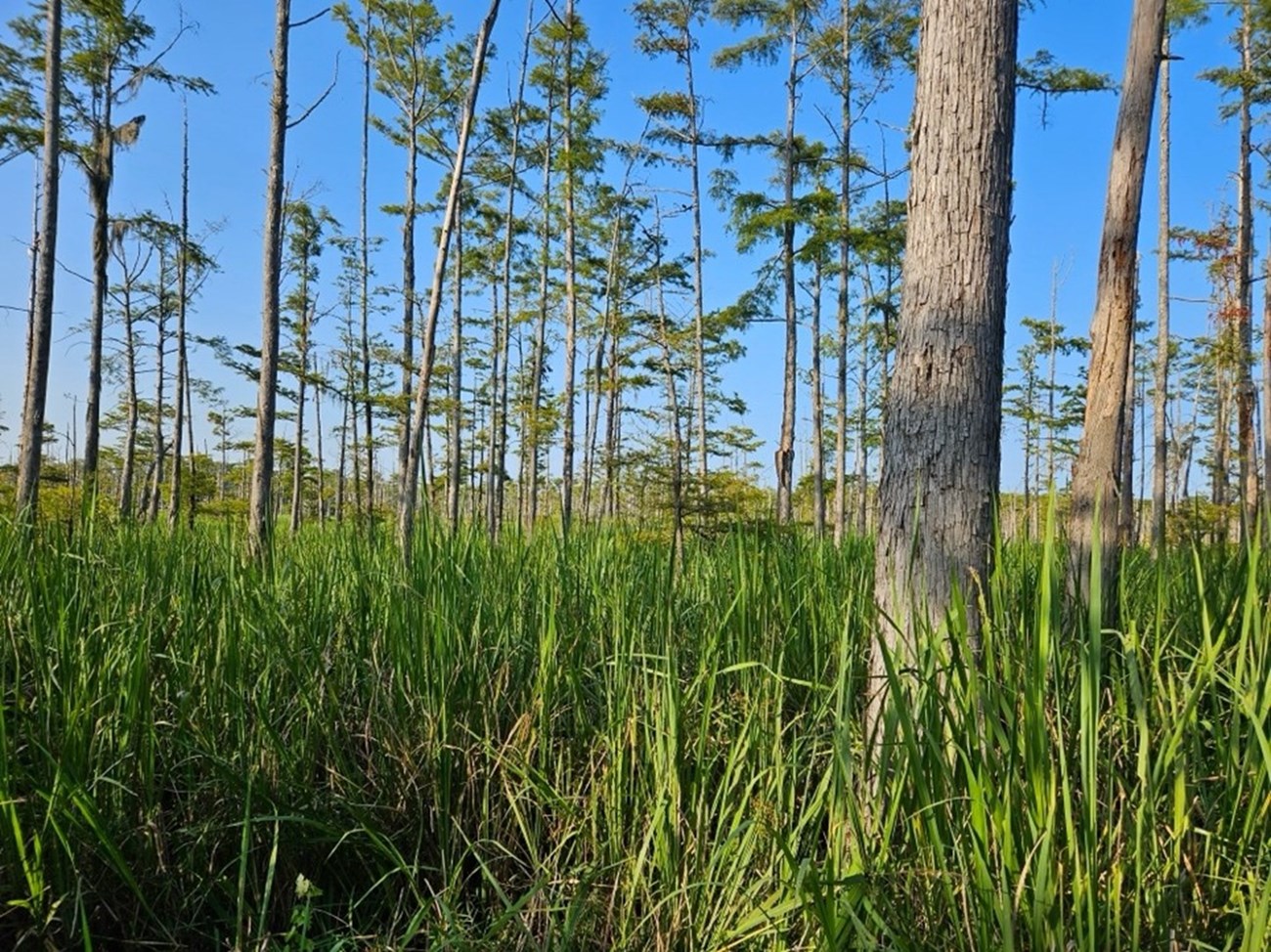
NPS
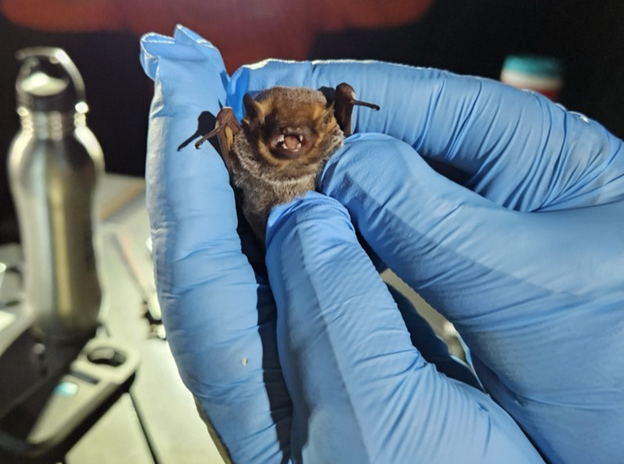
NPS
A long-term monitoring plan has also been established to assess climate change impacts on birds and amphibians in the park, complementing the existing efforts of the Gulf Coast I&M Network. Some of these efforts involve monitoring land birds and 60 vegetation plots, including several in forested wetlands. This initiative reflects the collaborative approach between Big Thicket NPres and the I&M Division to track the park’s ecological health.
